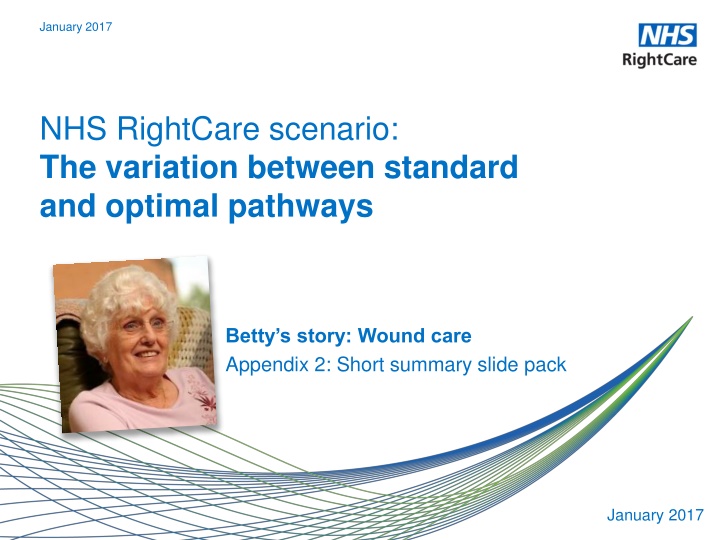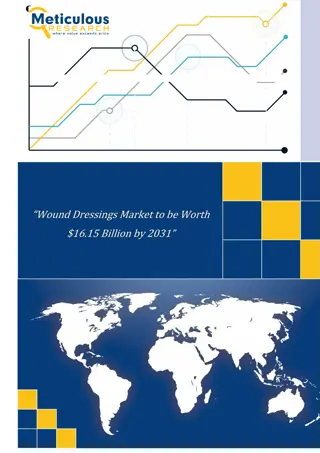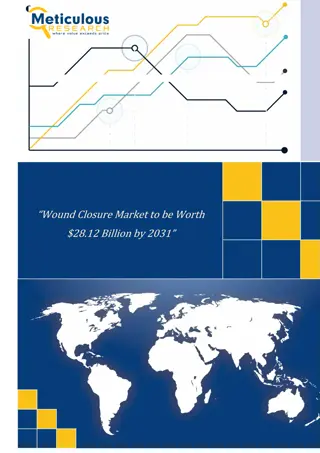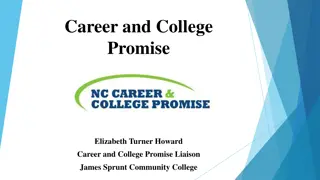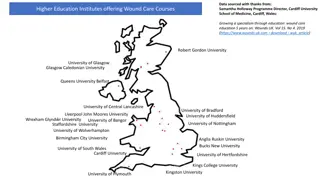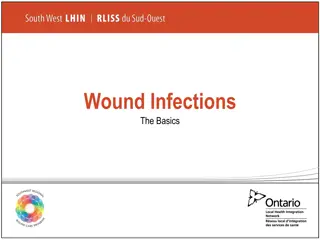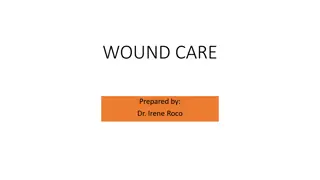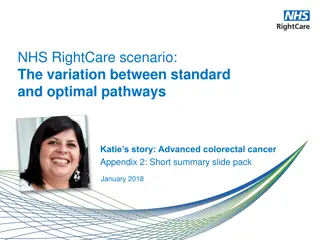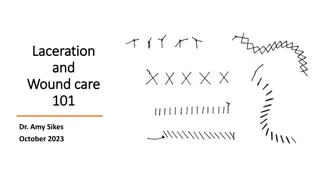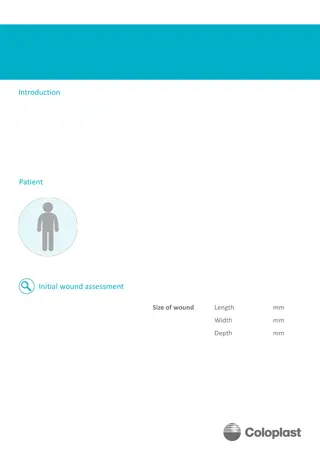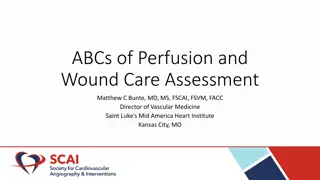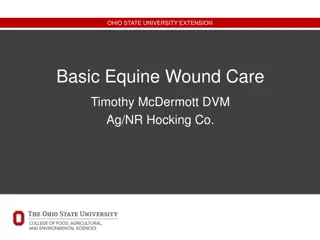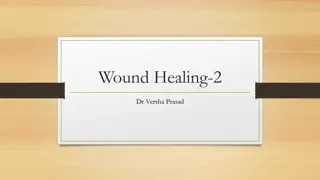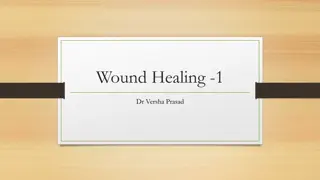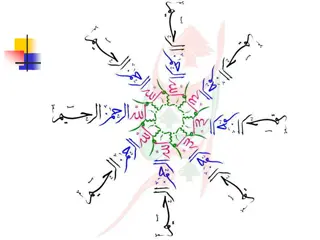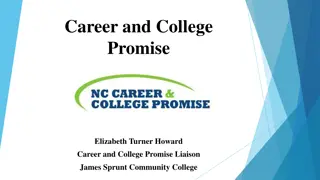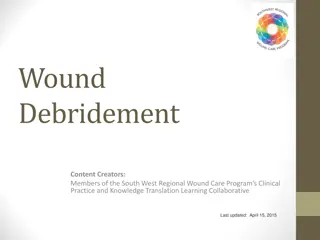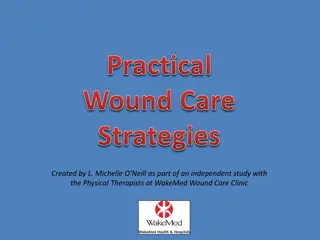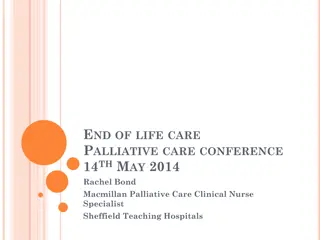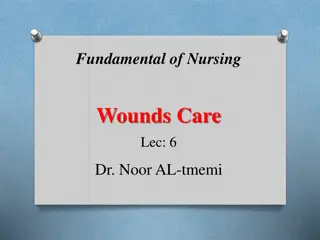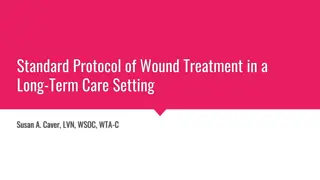Contrasting Pathways in Wound Care: Betty's Journey
Betty's experience exemplifies the critical impact of optimal healthcare pathways versus sub-optimal ones in wound care management. The sub-optimal pathway led to prolonged suffering, multiple complications, and a two-year healing process, while the optimal pathway facilitated swift treatment, effective wound healing, and timely knee replacement without delays. This narrative underscores the importance of proactive, coordinated care to avoid unnecessary distress and prolonged healing times.
Download Presentation

Please find below an Image/Link to download the presentation.
The content on the website is provided AS IS for your information and personal use only. It may not be sold, licensed, or shared on other websites without obtaining consent from the author.If you encounter any issues during the download, it is possible that the publisher has removed the file from their server.
You are allowed to download the files provided on this website for personal or commercial use, subject to the condition that they are used lawfully. All files are the property of their respective owners.
The content on the website is provided AS IS for your information and personal use only. It may not be sold, licensed, or shared on other websites without obtaining consent from the author.
E N D
Presentation Transcript
January 2017 NHS RightCare scenario: The variation between standard and optimal pathways Betty s story: Wound care Appendix 2: Short summary slide pack January 2017
Betty and the sub-optimal pathway Betty is 70 - a retired shop assistant and has a good social network in the village She has a health check aged 70. Her BMI is 30 and she is invited to see the Health Care Assistant (HCA) for lifestyle advice (the advice was not ideal) At 74 she grazes her ankle on a walk and after five weeks of self management she visits her GP who issues antibiotics and after two more weeks refers Betty to the General Practice Nurse (GPN) She is switched to antimicrobial dressing, has a second course of antibiotics and weekly appointments for six weeks (the dressings put a stop to Aquafit classes) The wound is now very distressing and is having a significant impact on Betty s life. The health professionals are unaware Then another change of dressing (to be changed two to three times per week) Three months on and still no improvement but the GPN is not confident with compression bandaging - better with the status quo than to make a risky mistake with the bandages! Another month and then a referral to the dermatology dept. (an eight week wait) where the venous leg ulcer is confirmed, but not communicated effectively It is several months before a doppler scan is undertaken - for a full assessment A catalogue of incidents occur & Betty s situation deteriorates further with many extended weeks of pain, discomfort and distress culminating in a five day hospital stay for cellulitis It takes two years to heal Betty s ulcer in the end with a reduced compression system that she could tolerate Betty s case is not unique
Betty and the optimal pathway This time (aged 70) Betty s Health Check is very informative with lots of proactive advice with a personalised care & support plan including an exercise on prescription programme The GPN review (due to high risk factors) results in a recommendation for compression hosiery and regular reviews At 74 Betty grazes her ankle whilst rambling and self manages for a few days until consulting the local pharmacist who refers to the lower leg wound pathway (developed by the CCG) The GPN and the district nursing teams work closely together and so after only four days Betty is referred to the leg ulcer pathway for a full holistic and leg ulcer assessment. Betty is reassured that pain relief has been carefully planned and she will not become dependent upon the medication The Doppler assessment confirms a venous leg ulcer requiring high compression treatment The faster the compression treatment starts, the faster healing takes place and that is Betty s priority Painkillers, bandages and education to Betty are well managed so that Betty keeps the bandages on and everyone can see the improvement; Betty is motivated to stick to the regime Within eight weeks (start to finish) Betty s leg is completely healed Betty then continues to wear compression stockings as a preventative measure Betty is able to have her knee replacement without any delays due to wound complications Leading Change, Adding Value is a framework for all nursing, midwifery and care staff to use to reduce unwarranted variation
Financial information Analysis by provider Sub-optimal Optimal Acute 1,703 0 Ambulance service 466 0 Community teams 2,167 12 Primary care 1,334 346 Pharmacist 3 3 Leg ulcer pathway 0 144 Grand total 5,673 505 In the suboptimal scenario: - Dressings represent 1,353 (24%) of the total costs versus 88 in the optimal pathway. - Clinical time represents 2,139 (38%) of the total costs versus 195 in the optimal pathway.
Financial information Analysis by cost category Sub-optimal Optimal Primary care management 1,337 349 Community care 2,167 156 Non-elective admissions 2,169 0 Grand total 5,673 505 Sub Optimal Clinical Time Optimal Clinical Time 93 Sub Optimal Prevention Optimal Prevention Sub Optimal Dressings Optimal Dressings Sub Optimal Other 0 Primary care 935 11 222 390 34 Community care Non-elective admissions Total 1,204 102 0 0 964 54 0 0 0 0 0 0 0 2.169 2,139 195 11 222 1,354 88 2,169 Note: The sub-analysis table splits have been estimated by NHSE Community Nurse Lead Not only is Betty s health and quality of life much better in the optimal scenario, but the costs to the health economy are reduced 10 fold.
Further information For more information about Betty s journey, NHS RightCare or long term conditions you can: Email rightcare@nhs.net england.longtermconditions@nhs.net Visit https://www.england.nhs.uk/rightcare/ Tweet @NHSRightCare
